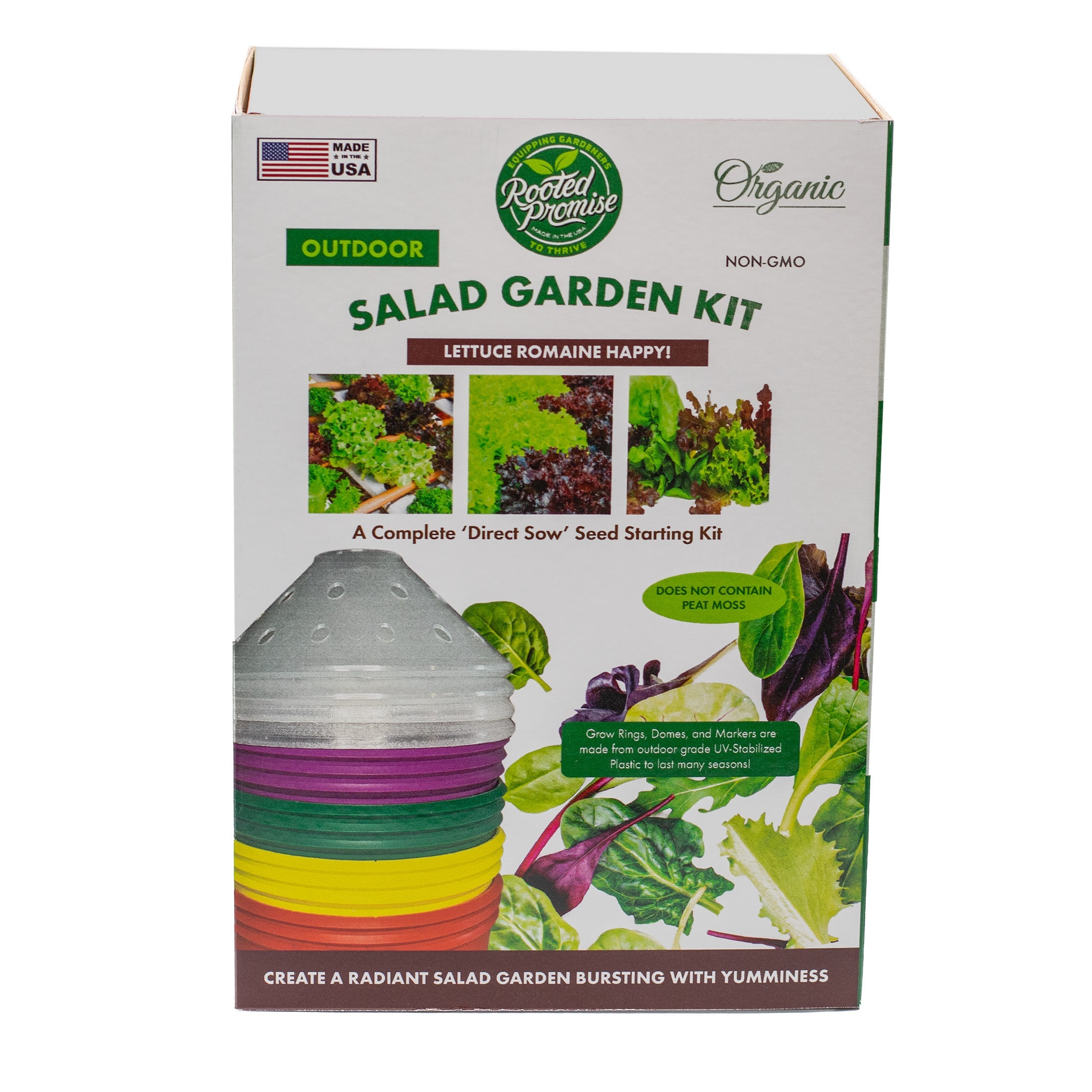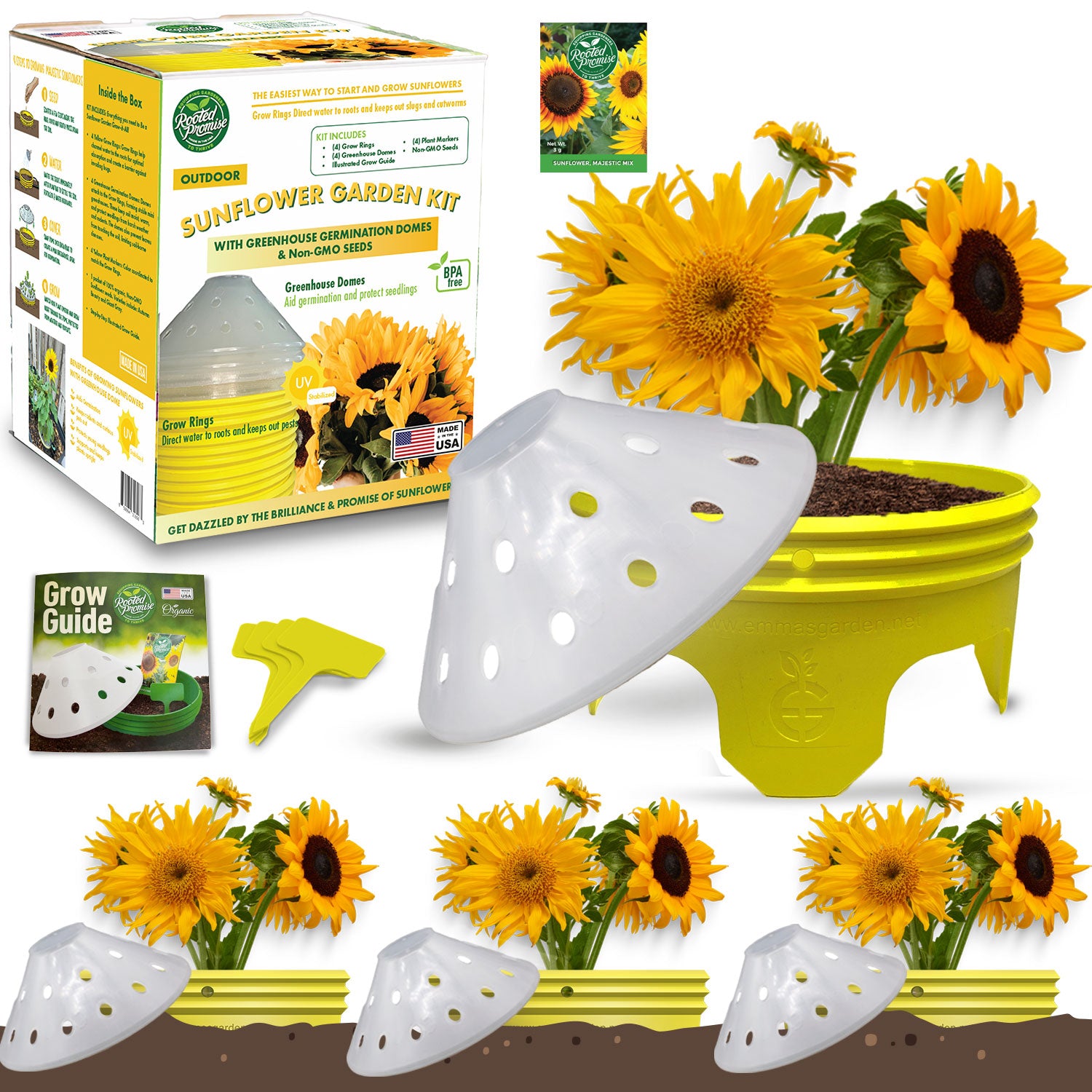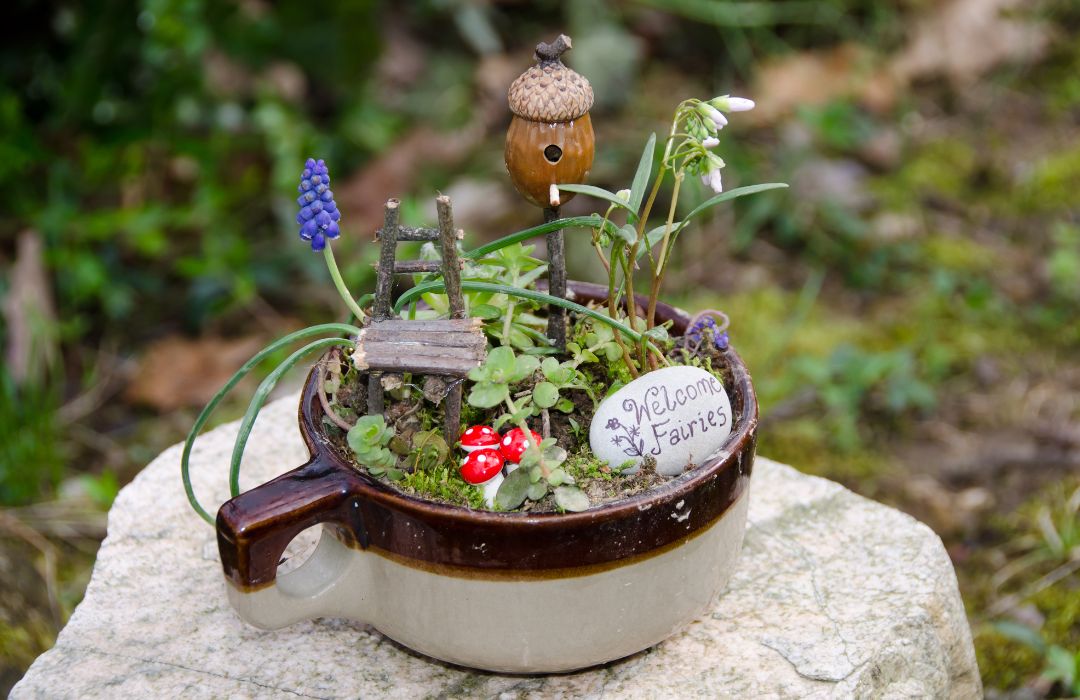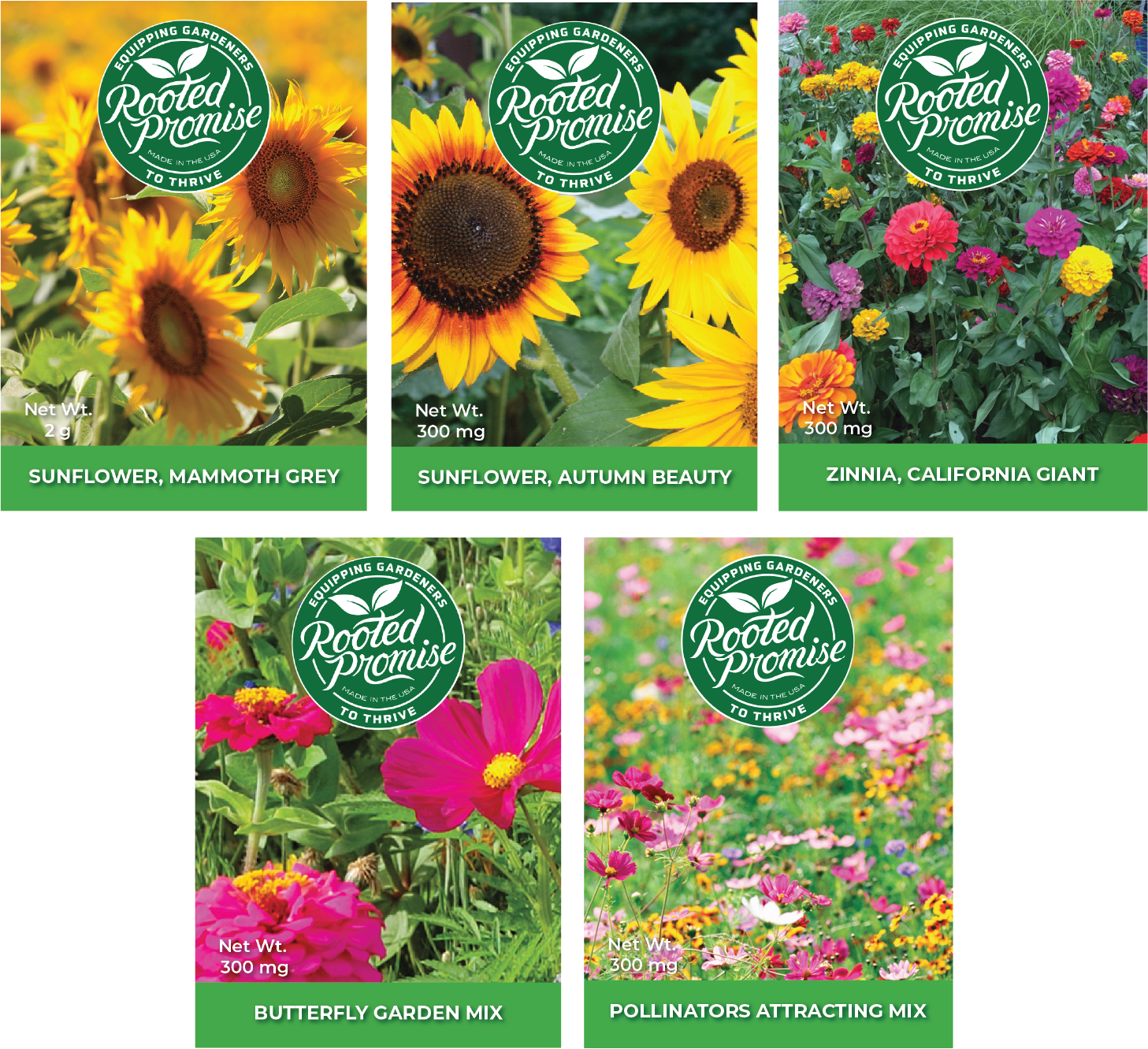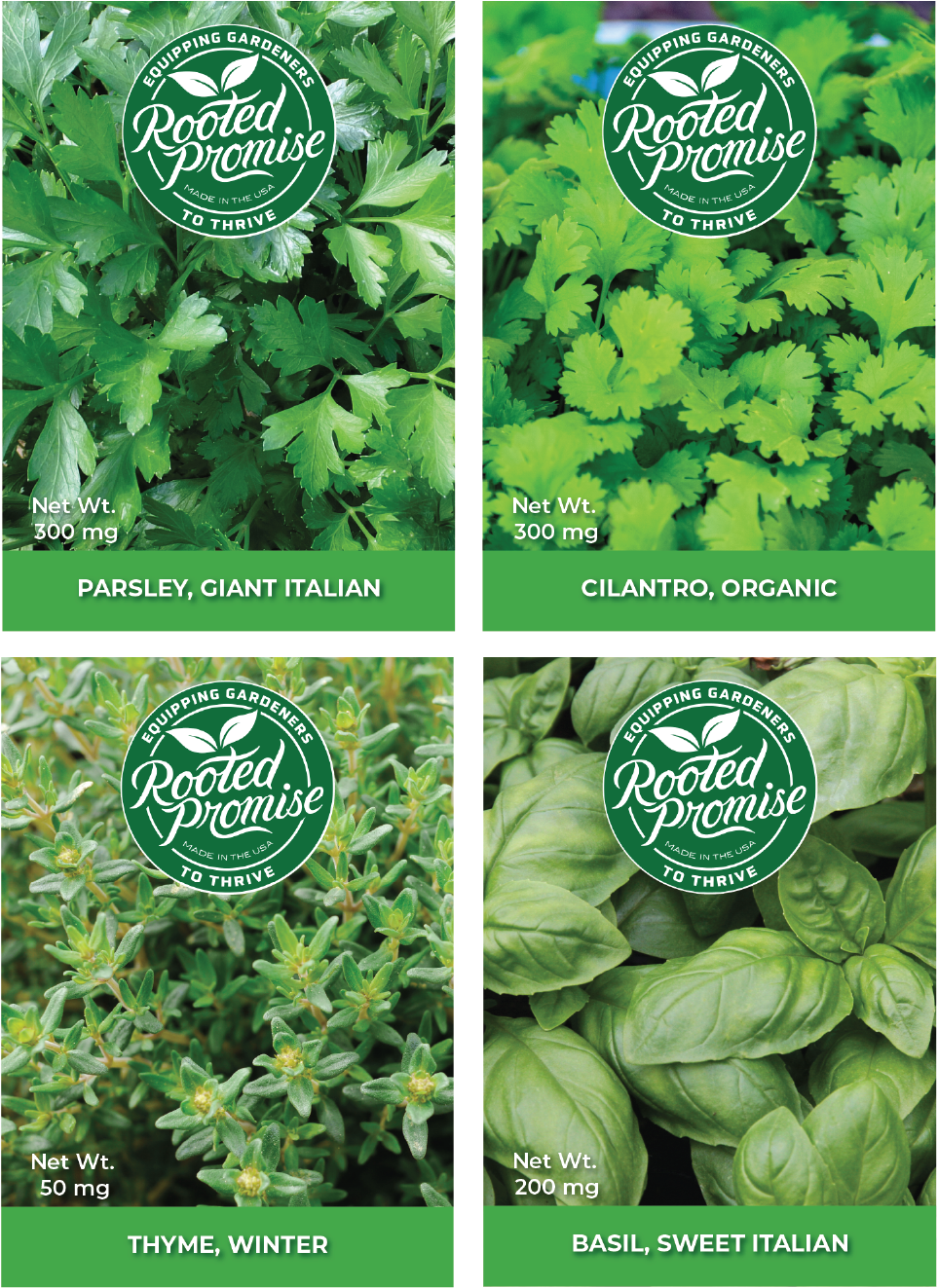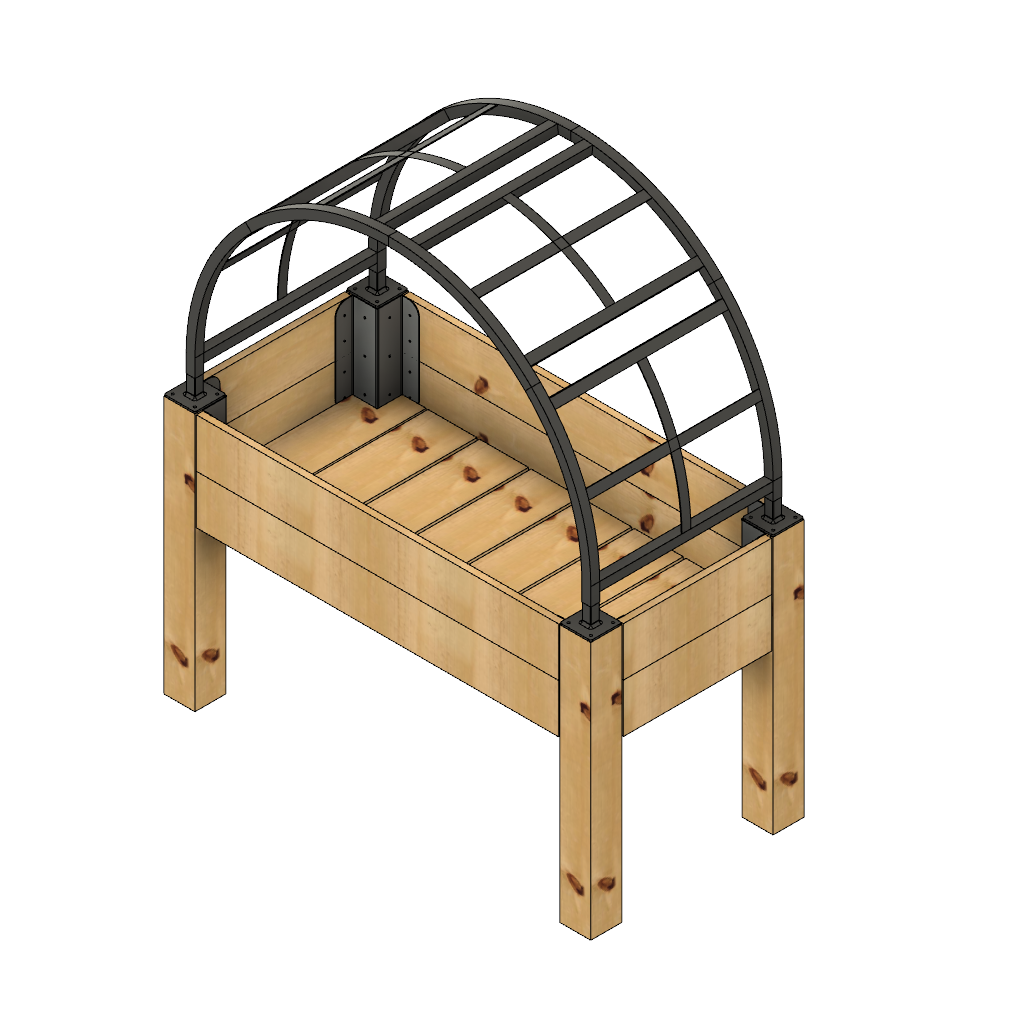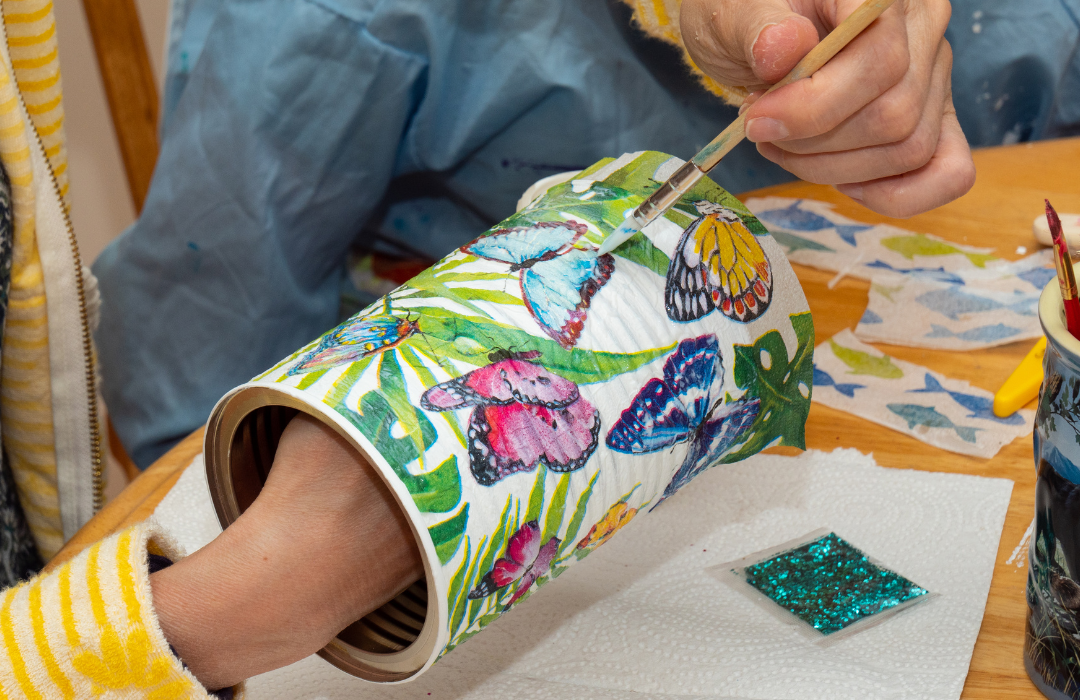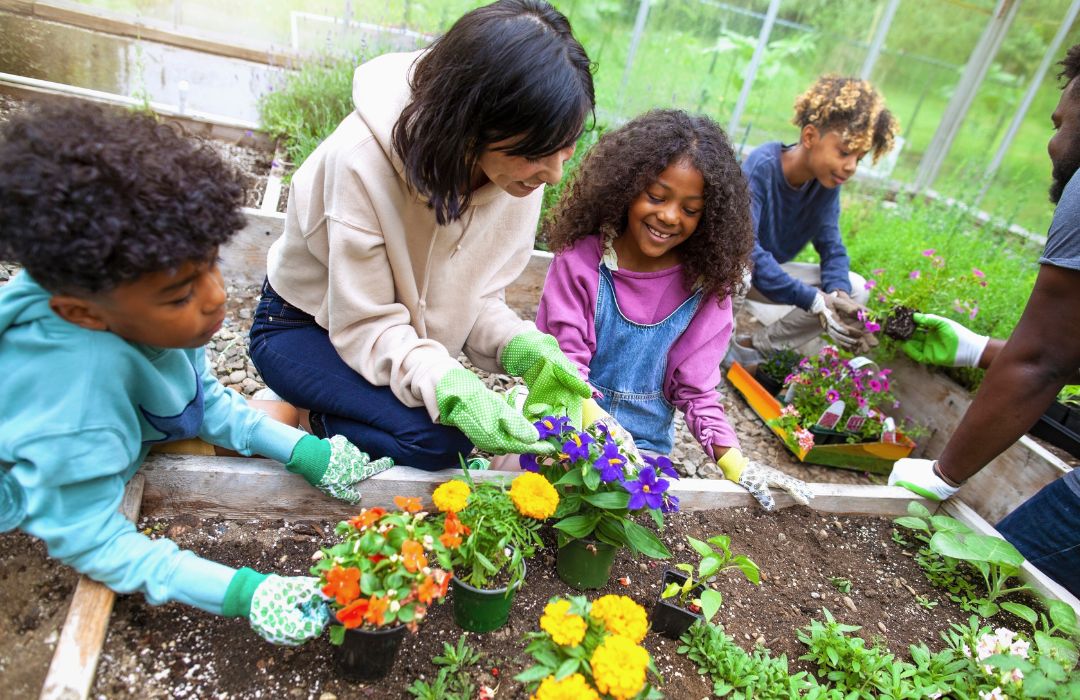Introduction
Summer is here and gardening is a fantastic way for kids to connect with nature, learn about plants, and develop a sense of responsibility. At Rooted Promise, we believe that nurturing a love for gardening early on can lead to lifelong benefits.

Table of content
- Making a Fairy Garden
- Creating a Butterfly Garden
- Crafting Garden Markers from Recycled Materials
- Building a Bug Hotel
- Growing a Pizza Garden
- Making Seed Bombs
- Designing a Sensory Garden
- Starting a Veggie Scrap Garden
- Conclusion
Making a Fairy Garden
Materials Needed:
- Small container or pot
- Potting soil
- Miniature plants (like succulents or moss)
- Small pebbles or gravel
- Miniature garden decorations (fairy figurines, tiny houses, etc.)
Instructions:
- Choose a Container: Pick a shallow container or pot that has good drainage. This will be the base of your fairy garden.
- Add Soil: Fill the container with potting soil, leaving some space at the top for your decorations.
- Plant Miniatures: Plant small, slow-growing plants. Succulents and moss work well because they’re easy to care for and look like a miniature landscape.
- Decorate: Use pebbles to create paths and place tiny fairy decorations around the garden. Let kids use their imagination to design the layout.
- Care: Teach kids to water the garden lightly and place it in a spot with indirect sunlight.
Creating a butterfly garden
Materials Needed:
- Flowering plants (like milkweed, zinnias, and marigolds)
- A sunny spot in your yard or a large container
- Water source (like a shallow dish with stones)
Instructions:
- Choose the Plants: Select plants that are known to attract butterflies. Milkweed is especially good because it’s a host plant for monarch butterflies.
- Plant: Either plant directly in the ground in a sunny spot or use a large container if space is limited.
- Add Water Source: Place a shallow dish filled with water and stones in the garden. The stones give butterflies a place to land and drink.
- Observe: Encourage kids to watch for butterflies and note which plants they visit most often. This can turn into a fun, ongoing science project.
Crafting garden markers from recycled materials
Materials Needed:
- Old spoons or forks
- Acrylic paint
- Permanent markers
- Clear varnish or sealant
Instructions:
- Clean and Prep: Clean the recycled spoons or forks thoroughly.
- Paint: Let kids paint the handles with bright acrylic colors. They can add designs or keep it simple.
- Label: Once the paint is dry, use permanent markers to write the names of the plants on the flat parts of the spoons or forks.
- Seal: Apply a coat of clear varnish or sealant to protect the paint and labels from weather.
- Place: Stick the markers in the soil near the corresponding plants in your garden.
Building a bug hotel
Materials Needed:
- Wooden box or old wooden pallets
- Bamboo canes, hollow stems, and sticks
- Straw, dry leaves, and pinecones
- Drill (optional)
Instructions:
- Assemble the Frame: Use a wooden box or stack pallets to create the frame for your bug hotel.
- Fill the Compartments: Fill the compartments with a variety of natural materials like bamboo canes (cut to size), hollow stems, sticks, straw, dry leaves, and pinecones. These materials provide hiding places for different types of insects.
- Place in Garden: Place the bug hotel in a sheltered spot in your garden. It should be close to the ground and partially shaded.
- Observe: Kids can check the bug hotel regularly to see what kinds of insects have moved in. This is a great way to learn about beneficial insects and their roles in the garden.
Growing a pizza garden
Materials Needed:
- Large container or garden bed
- Tomato plants
- Basil plants
- Oregano plants
- Bell pepper plants
Instructions:
- Choose the Spot: Select a sunny spot in your garden or use a large container.
- Plant: Plant tomatoes, basil, oregano, and bell peppers. These are all common pizza ingredients.
- Care: Teach kids how to water and care for the plants. Make sure they get plenty of sunlight and are kept free from pests.
- Harvest: When the plants start producing, kids can pick the ingredients and use them to make homemade pizza. This project teaches them about growing food and cooking.
Making seed bombs
Materials Needed:
- Wildflower seeds
- Compost
- Clay powder
- Water
Instructions:
- Mix Ingredients: Mix wildflower seeds with compost and clay powder in a bowl.
- Add Water: Slowly add water and mix until you can form small balls with the mixture.
- Shape and Dry: Form small balls (about the size of a marble) and let them dry for a few days.
- Plant: Kids can throw the seed bombs into bare spots in the garden or any area that could use some wildflowers. The seeds will sprout and grow, adding beauty to the space.
Designing a sensory garden
Materials Needed:
- Plants with different textures, scents, and colors (like lamb’s ear, lavender, and colorful flowers)
- Raised garden bed or containers
Instructions:
- Plan the Layout: Decide on the arrangement of the sensory garden. Use a mix of plants that appeal to the senses of touch, smell, and sight.
- Plant: Let kids help with planting. Lamb’s ear is soft to the touch, lavender smells wonderful, and colorful flowers like marigolds and petunias add visual appeal.
- Explore: Encourage kids to touch, smell, and look closely at the plants. This garden can be especially beneficial for children with sensory processing needs.
Starting a veggie scrap garden
Materials Needed:
- Vegetable scraps (like carrot tops, celery bases, and potato eyes)
- Shallow dishes and water
- Small pots and soil
Instructions:
- Save Scraps: Save the bases and tops of vegetables when cooking.
- Place in Water: Place the scraps in shallow dishes with a bit of water and put them in a sunny spot.
- Transplant: Once the scraps start to sprout roots and leaves, transplant them into small pots with soil.
- Care: Water regularly and watch the vegetable scraps grow into new plants. This is a great way to teach kids about plant regeneration and reduce waste.
Conclusion
These projects are designed to be both educational and fun, helping kids develop a love for gardening while learning valuable skills.
Checkout some of Rooted Promise products that can help your littles get creative.

